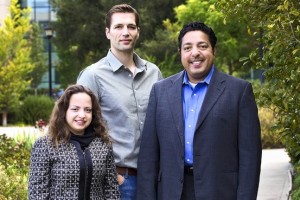A small crew of researchers at Stanford University School of Medicine has come up with an ingenious new method to screen a large slate of approved drugs for compounds that have the potential to be repurposed for use against other diseases as well. The investigators used an approach they likened to online dating services, matching a symptom of a disease against the known actions of drugs to find the right medical mate.
That work led the researchers to two approved drugs which subsequently demonstrated positive attributes in animal studies, including an ulcer drug from GlaxoSmithKline which may prove promising for lung cancer. And while the animal data is just enough to glean insights that can direct developers into promising new fields, the work fits neatly into new federal initiatives designed to find a shortcut to get cheaper new meds into the marketplace.
“If there are additional uses for drugs coming off patents, one could be thinking creatively, how do we find the value in that,” Stanford’s Atul Butte told Bloomberg. Butte’s team produced two reports on their work for Science Translational Medicine. Altogether the work identified a trove of 1,000 drugs that have the potential to be redirected against new targets.
Off-patent drugs are typically not worth much. But investigators responded warmly to the new studies, noting that anyone interested in advancing the work would already have years of safety data in hand, offering an opportunity for mounting new programs at a fraction of the cost of developing a new drug. Still, without clear commercial potential, it’s a field that would likely have to be supported by federal grants rather than investors’ cash–unless the drugs are also reformulated.
– see the story from the Wall Street Journal
– read the Bloomberg article

